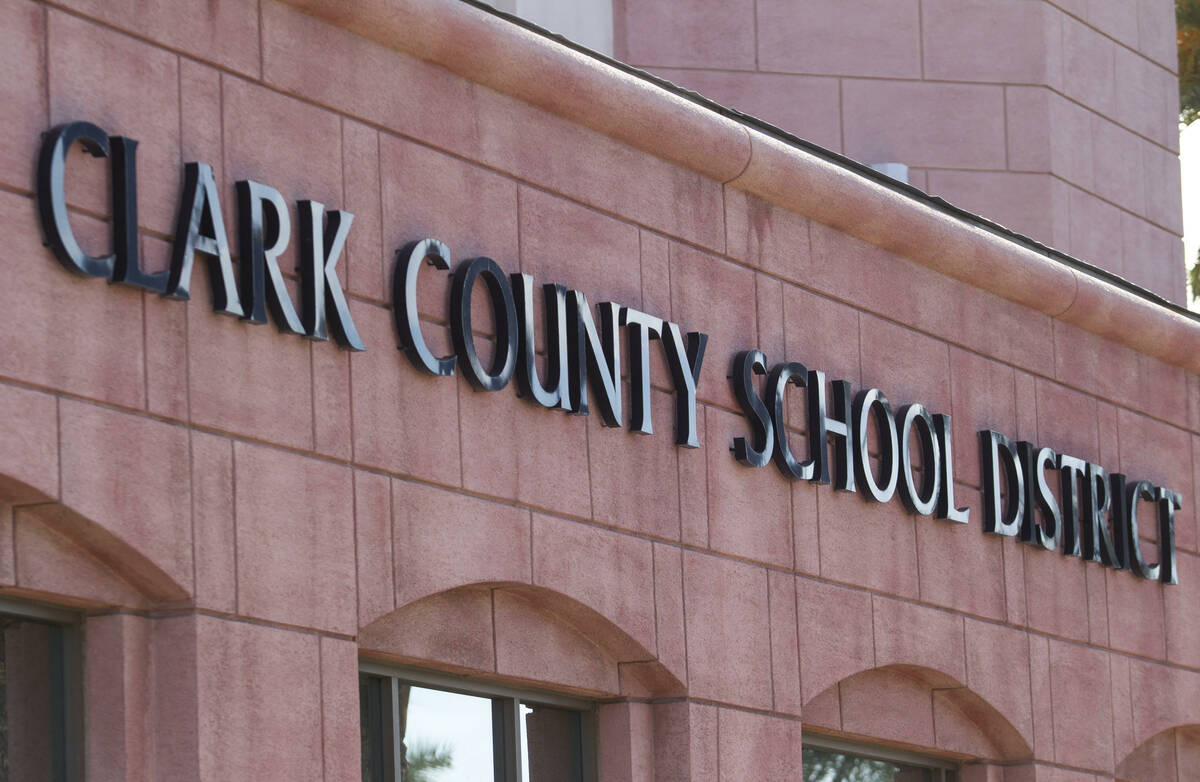EDITORIAL: CCSD’s never-ending property tax increase
Never believe anyone who claims a tax increase will be “temporary.” Just look at the 1998 bond issue for the Clark County School District.
Recently, the district’s bond oversight committee laid out a plan to spend $3.5 billion over the next 14 years. That’s a lot of money, and the district does indeed have capital needs. But longtime residents or anyone who pays property taxes may be more curious about that time frame.
The district hasn’t received voter approval for a school bond program since 1998. Yet, this new plan involves bond spending through 2035. This is possible because politicians from both parties cut voters out of the process though they’re the ones who will ultimately foot the expense.
In 1998, the district needed more space as Clark County boomed. From 1998 to 2012, the district added more than 100,000 students. It hit 322,000 kids in the 2017-18 school year.
School officials successfully asked Clark County residents in 1998 to support a new building program funded by a property tax increase. The ballot question authorized the district to issue bonds for 10 years. The bonds were to be paid for over 20 years, with the tax hike needed to sustain them eventually reverting to its lower rate.
Bonds are a fancy term for debt. The 1998 Capital Improvement Plan, which also included two legislatively approved tax sources, generated $4.9 billion. The district built 101 new schools, constructed 19 replacement campuses and spent more than $1.6 billion on school improvements.
In 2012, district officials again went to the voters with a property tax hike to pay for capital improvements. But at that time, growth had slowed in the wake of the housing crash and the Great Recession. The measure failed spectacularly by a near 2-to-1 margin.
In response, school officials persuaded lawmakers to take voters out of the equation, passing a bipartisan bill in 2015 that allowed the district to unilaterally issue capital improvement bonds through 2025. Lawmakers extended that deadline all the way to 2035 during the 2021 session. The 10 years of bonding that voters approved 23 years ago has now been used as cover for 20 additional years of bonding.
In the meantime, district growth has slowed considerably. School officials projected their first quarter enrollment to be 291,000 students this year. That’s down around 30,000 students — close to 10 percent — from its peak four years ago.
No doubt, the district has capital needs. But school officials should be required to make that case to voters rather than unilaterally pursuing an expensive building program during a time of declining enrollment. Once again, members of the political establishment have played Clark County voters for suckers.

















